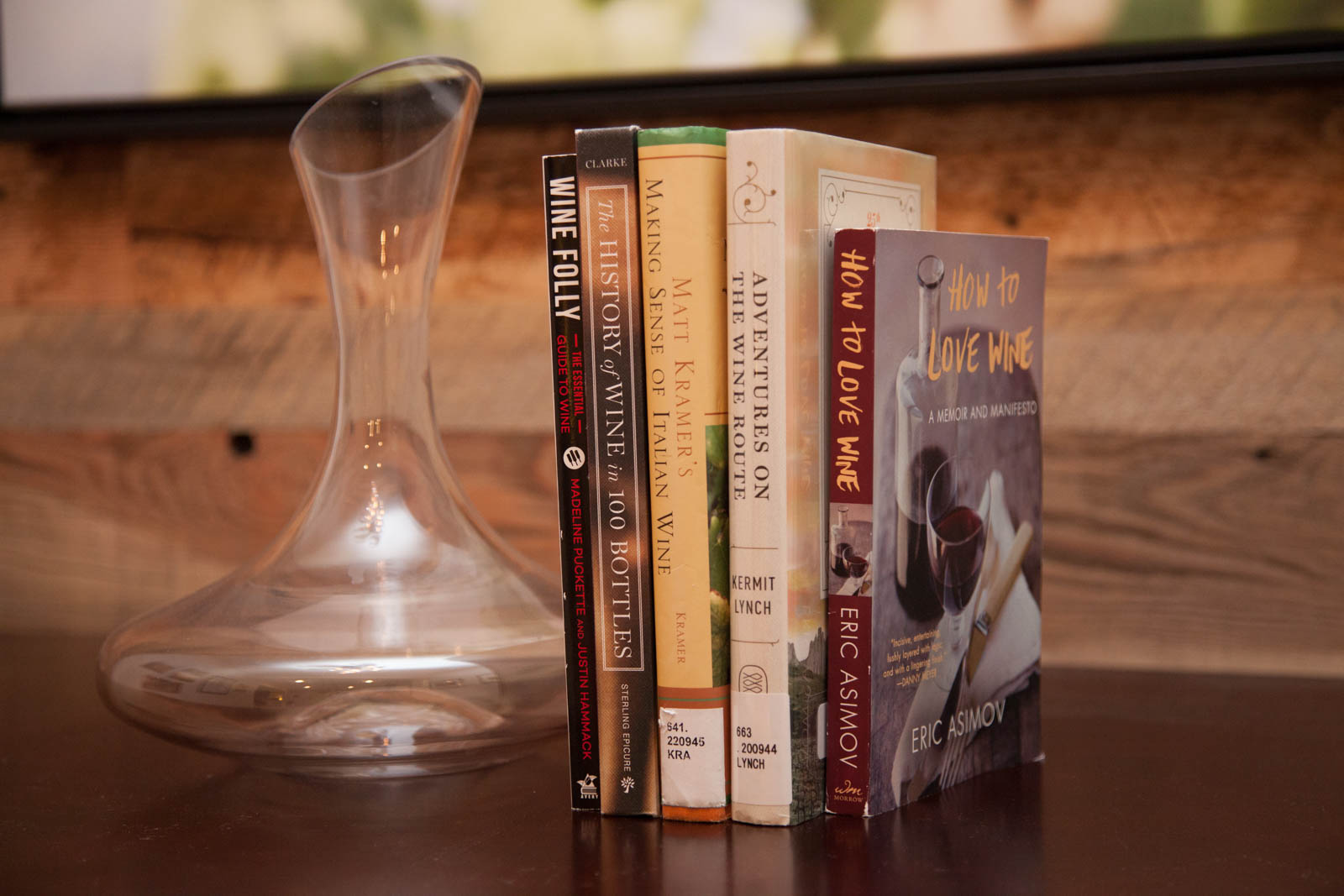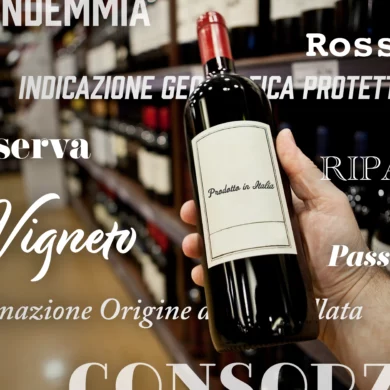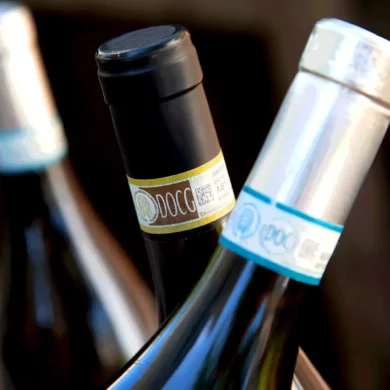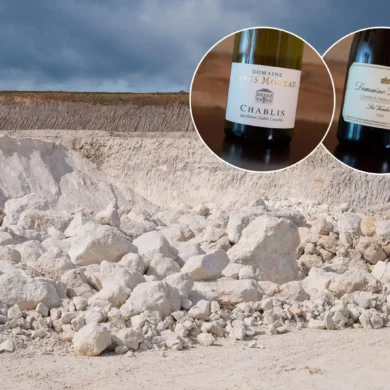Shopping for wine lovers is easy, right? Buy them a nice bottle of wine and you’re done.
Except we’re a notoriously fussy and picky lot. If the thought of buying a bottle for someone who fits this description sends shivers of anxiety down your spine, then here’s a better gift idea: get a great wine book.
All year long, I’ve put novels, nonfiction and biographies to the side and read almost nothing but wine books. Part of this is a desire to better educate myself on the subject matter, but part of it is to study what truly great wine writing is. Because wine is an incredibly hard subject to write about. When you come across a fresh voice who doesn’t get bogged down in “wine speak,” but rather, relays something fascinating and fresh, then the reading becomes as joyful as a chilled glass of Gewürztraminer.
So if you are shopping for a oenophile, I can’t recommend the following five books enough.
How to Love Wine
by Eric Asimov
 Who’s It For: Anyone who loves wine.
Who’s It For: Anyone who loves wine.
Eric Asimov — the wine critic for The New York Times — is currently my favorite wine writer, and its not because his insights or prose are particularly lofty. In fact, its the opposite: the approachability of his writing makes his words resonate, and underscore his wisdom on the matter.
Wine is unique in this way: overly descriptive words have the opposite effect of what is intended, and no one knows that better than Asimov, who recounts his story of becoming The New York Times wine critic with the modesty of someone who has just discovered fine wine. There is a sense of exploration and humility in his writing that makes the reader feel as though they’re tagging along with him, rather than listening to an expert lecture from the lectern.
But Asimov is by no means a lightweight. His opening chapter on “Wine Anxiety” is possibly the most thoughtful essay I’ve read on wine, elaborating on why so many everyday people are intimidated by wine because of — ironically — the fuss and pomp wine lovers have created around it. His insights on the matter are liberating, and ever since I read the book, I’ve felt more aware of my own tastes and more confident in embracing them.
Asimov reminds us that wine is supposed to be fun. For that reason alone, his book is a must for anyone who is diving deeper into wine.
Buy “How to Love Wine”
Adventures Along the Wine Route
by Kermit Lynch
 Who’s It For: Fans of French wine.
Who’s It For: Fans of French wine.
Written in 1988, Kermit Lynch’s Adventures Along the Wine Route — a counter-clockwise swing through France’s major wine regions — is still as fresh and relevant as ever. Lynch, a fine-wine importer whose name has become a brand as much as anything, fiercely pursues what we still pursue today: authenticity and a sense of place in our wine.
An early advocate for natural wine — or better put, a critic of overly manipulated wine — Lynch expresses a respect and fascination with France’s wine traditions in a way that is genuine, infectious and ultimately, empowering. But he is also critical of the stubbornness and laziness he sees in many French winemaking families, especially when a domaine passes from one generation to the next, and suddenly, the wine is lifeless because of shortcuts.
It is this contempt for laziness that makes Lynch a great writer as well. It would have been all too easy for him to spew facts and details of the land (or make the book about himself), but instead, he weaves together a cast of characters (i.e. the winemakers whose wine he imports) into a narrative that somehow reveals more about the Loire, Languedoc-Roussillon, Provence, the Rhône and the Côte d’Or than any other French wine book could.
The only glaring flaw I see in The Adventures on the Wine Route is the absence of Alsace; which is to say its flaw is that there isn’t more of it.
Buy “Adventures on the Wine Route”
Making Sense of Italian Wine
by Matt Kramer
 Who’s It For: Fans of Italian wine.
Who’s It For: Fans of Italian wine.
Matt Kramer’s classic Making Sense of Wine was one of the first wine books I ever read (upon the urging of my La Tâche-drinking friend in Nashville), and he managed to parlay that title into a series of other books that dove deeper into regionality, such as Making Sense of Burgundy and Making Sense of California Wine. Written in 2006, Making Sense of Italian Wine finds Kramer right where he is at his best: exploring The Boot’s incredible variety of indigenous grapes.
The book is an excellent on-the-fly resource for Italian wine enthusiasts. For each appellation (one per chapter), Kramer tells you the grapes used, the tradition, how the area’s wine has changed over time, noteworthy producers, local food pairings, his favorite winemakers (phrased modestly as “one man’s taste”) and a simple judgment at the end — worth searching for? I don’t always agree with him, but more often than not his insights are on the money, even if the book is now nine years old.
Like Kermit Lynch, Kramer pursues a sense of place in a glass, and so he is much more inclined to wines that are unique to their area than ones using international varieties (in other words, “buy a Brunello, skip a Bolgheri”).
Given the number of times I’ve referenced this book since I bought it in February, I’d say its a must for any Italophiles — wine or otherwise — you may know.
Buy “Making Sense of Italian Wine”
The History of Wine in 100 Bottles
by Oz Clarke
 Who’s It For: Those intrigued with wine’s history and cultural significance.
Who’s It For: Those intrigued with wine’s history and cultural significance.
The title for this book — The History of Wine in 100 Bottles — simultaneously alludes to the impossible task the writer confronts (the vastness of wine’s history) and his solution (just 100 bottles that represent the most significant developments).
And in that solution, Oz Clarke has created a delightful yet detailed book that is ideal for dabbling. I’ve been reading the 224-page book for months: a page here on the invention of corks, a page there on Barca Velha and the birth of Douro reds, a page at the beginning on how they drank wine in Pompeii. Each one- to two-page entry is fascinating, and entertaining, as Clarke’s tone is breezy, energetic and modern. It’s the kind of book you can read in bed any night of the week, no matter how tired — or loaded up on wine from dinner — you are.
Buy “The History of Wine in 100 Bottles”
Wine Folly: The Essential Guide to Wine
by Madeline Puckett and Justin Hammack
 Who’s It For: Newcomers to wine and visual learners
Who’s It For: Newcomers to wine and visual learners
By now, most anyone who has researched a particular wine appellation or wine grape online has landed on the pages of WineFolly.com. As a website content strategist by profession, I marvel just as much at how Madeline Puckett’s site has dominated search rankings as I do at her wealth of easy-to-digest wine information. But Wine Folly is not Wine for Dummies. It’s Wine for Savvy People who want their wine education to be fun, simple and colorful.
This year, the makers of WineFolly.com have put out a book, and its an excellent resource for anyone who is getting into wine. Broken into colorful, info-snack chapters — Wine Basics, Tasting Wine, Handling Wine, Food and Wine Pairing, Styles of Wine, and finally, Wine Regions — the book is a sledgehammer to any learning barriers you might have because of “wine anxiety.”
In fact, it makes wine seem too simple at times, and you can argue that their profiles of wine grapes are too heavy on flavor descriptors. But try as I might to poke holes in their theories — e.g. cool climate Cab Franc tastes like bell pepper and warm climate tastes like black raspberry — I always end up saying “you know what? They’re right.”




One Comment